Hello, February. Did you stick to any new-year resolution? Before I get to the heart of this post, which is an appreciation for a place where I run, I’ll share a goal I achieved.
I reset my relationship with alcohol by having a Dry January, which means no alcohol since December 31. That’s a notable achievement, since throughout adulthood I’ve had the habit of drinking two drinks (either two glasses of wine, or a beer plus a glass of wine) almost every night. While that does not strike me as irresponsible, and I rarely drink past the point of a soothing buzz, it does categorize me as a heavy drinker.
I’ve written about my relationship with alcohol before, and you can read here why I did a Dry January the first time in 2020 and how it affected my running.
After publishing that article in February 2020, however, something big happened. Yep, the global pandemic, which could have made me a widow when my husband got a serious case of covid early on (that story is here if you’re interested in flashbacks to late March 2020 when fear gripped us all and life as we knew it changed dramatically). Like many people, I upped my alcohol consumption in 2020, from two to three drinks on many nights to numb out during times when the news seemed borderline apocalyptic.
Drinking was not a problem per se, but it was a crutch and a habit I wanted to rein in due to two main negative side effects: overeating after dinner, and suffering terrible insomnia. Alcohol whets my appetite to munch past the point of fullness after a satisfying dinner and thus leaves me feeling gross the next morning. And it messes with my sleep big time. Looking back on my running log from last fall through December, it’s full of entries about how I felt awful because I had been awake for two or more hours in the middle of the night.
I don’t think mild drinking is bad; on the contrary, I’m a fan, and I look forward to drinking a beer or glass of wine occasionally again (the key word being “occasionally” on special occasions, not regularly).
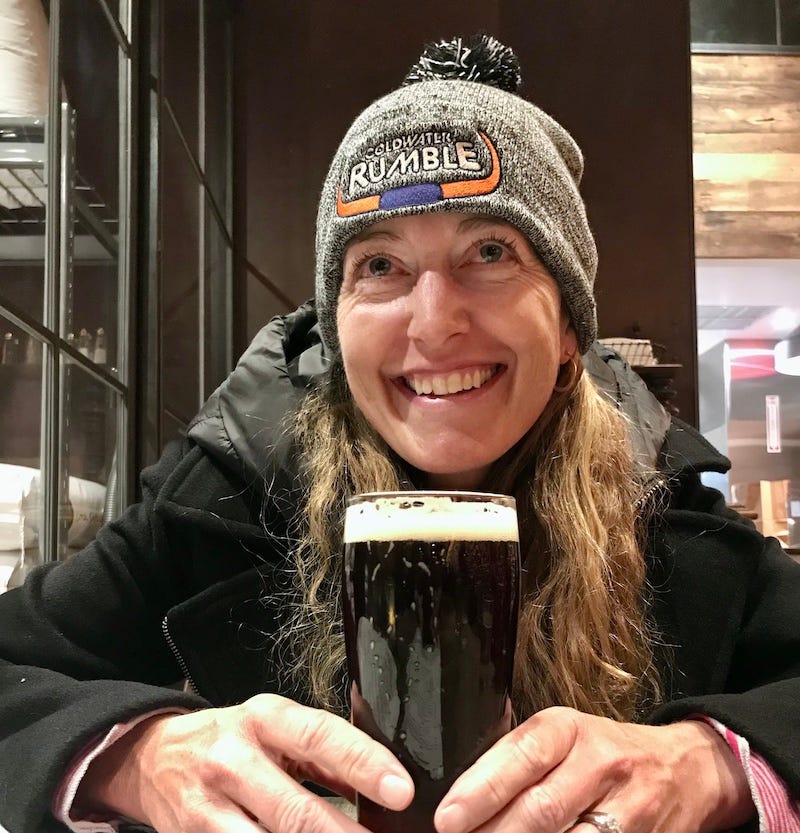
But I’ve come to realize I can’t handle habitual drinking at this phase in life. As a 50-something woman whose body no longer makes estrogen and thus suffers sleep disruption because of that, I don’t need alcohol as an added disrupter. It messes with my brain too much. And I feel so much better being clear-headed and able to read more than two pages before falling asleep after dinner.
This is a reminder to all of us endurance athletes: Sleep is the number-one legal performance enhancer. I don’t desire to drink now because I love the better sleep, and it translates to better-feeling exercise. Dry January was easier this past month than it was in 2020 because it felt good, not like deprivation. I broke the habit of wine with dinner and am A-OK with kombucha, sparkling water, or a non-alcoholic beer from Athletic Brewing Co to accompany a meal. I also broke the habit of munching on nuts or spooning ice cream while we watch TV after dinner, because dinner fills me up and the craving to snack went away with the alcohol.
If you’re someone who runs hard and drinks hard, you’re not alone. A NY Times article last month, with the subhead “People who are aerobically fit and work out a lot tend to imbibe more than their less fit peers,” spotlighted the correlation between high levels of fitness and alcohol consumption.
As ultrarunners, many of us struggle with moderation. We go all in with training, we push our limits, we experience highs and lows dramatically. Drinking fits in with that fervor. Also, as the article points out, “Many of us likely put a health halo around our exercise, making us feel our physical exertions justify an extra cocktail — or three.”
If you can enjoy a few beers or half a bottle of wine with no negative consequences, good on you, and I don’t see any problem with that. But if you have side effects that make you feel regret and negatively affect your thinking and running the next day, then you might consider taking a break for a week, month, or longer to see how it feels.
If I had to sum up a dry period in one word, ironically, it’s refreshing.
Where do you run? We get asked that as runners. I get asked it a lot, especially in winter when snow covers high-country trails.
Most of us have a go-to weekday route, usually around the neighborhood. It’s the opposite of the depleting epic trail runs we glorify; it’s relatively short, manageable, dependable. It’s so familiar, it can be boring, and yet if we were to move away, we’d miss it most.
I’ll share a glimpse of my all-season go-to weekday route—the magical road that runs past our driveway and shapes who I am.
To tell the full story of this road might take a book, its chapters describing stories from Utes to miners to ranchers to realtors. Even its name’s origin is the subject of debate, coming from competing 19th-century pioneer tales. For now, I’d rather not mention what it’s called or how to get here (though it’s obvious to anyone who knows the area), because I don’t want even more people googling to visit and drive it. I’ll just share some snapshots from my mind and from my husband’s camera out of love and appreciation for this curvy backroad that drops and gains elevation more gently than the trails switch-backing up the mountains.
I exit our driveway and turn right, downhill, on this dirt road that hugs the perimeter of our acreage. On the other side of the road, across from our property, sits a log cabin that my dad built when I was 5 years old, where my brother and sister-in-law now live and where I spent summers as a child.
The landscape flanking the road is white with snow and brown with dirt patches now, but it’ll be green in June when pasture grasses sprout on the undulating land covering a river-carved mesa. The mesa is flat enough on the south side that the Telluride Airport built its runway a mile away, and it abruptly ends at red-hued cliffs that plunge down to two rivers, Deep Creek and the San Miguel.
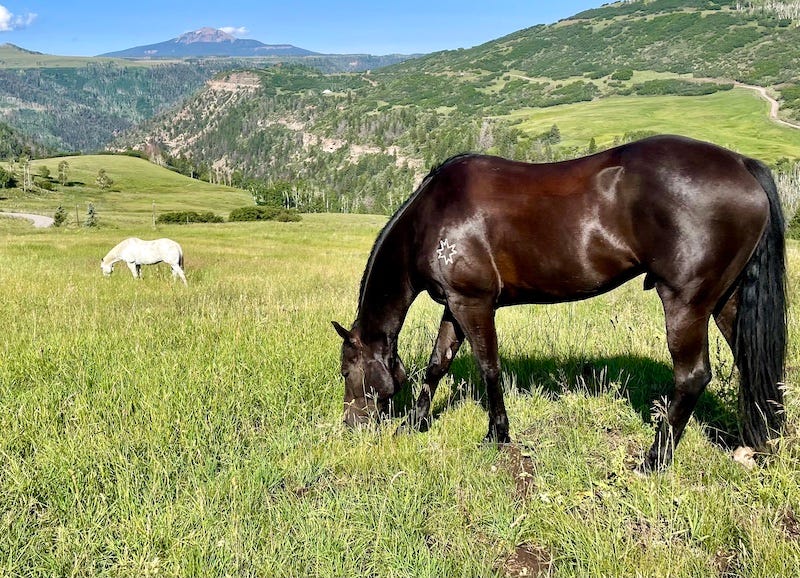
Ranchers, including Ed Lavender, my grandfather’s stepfather who adopted him and gave us our surname, used to grow alfalfa and raise cattle for dairy and meat around here. One of their century-old barns sits at the base of our property, and I used to pretend I was Laura in Little House when I’d amble down to play house in it as a kid.
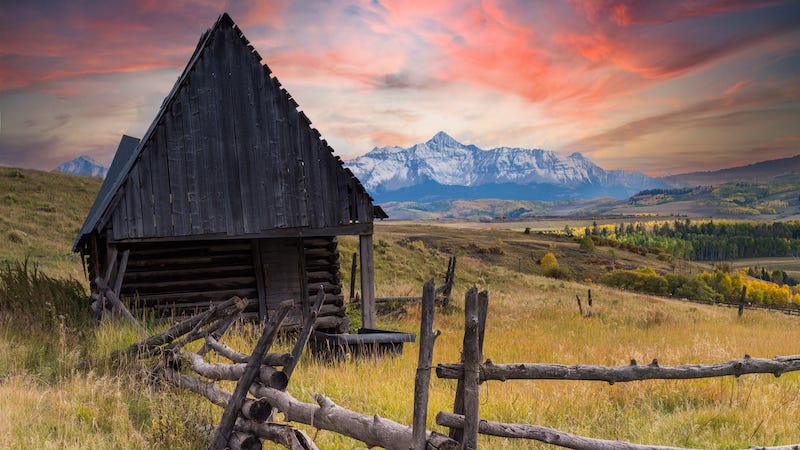
After a Basque sheepherding family, the Aldasoro brothers, moved here in the 1920s, sheep ruled the land. A herd still passes through once a year to graze.
As a runner, I love this out-and-back route for many reasons: because it allows me to practice transitions between downhill, uphill, and flatter stretches, and those hills build my legs and lungs; because its dirt surface is so smooth, I don’t have to worry about technical terrain and can lose myself in running and thinking without tripping; and perhaps most of all, because it’s open and expansive, ringed like a stadium by mountains on all sides.
Heading out westward, I look left to gaze south at the throne-like 14er of Wilson Peak and the simple Little Cone that captures the sunsets. Straight ahead, I study the chiseled Hawn Mountain that rises like a wall, and beyond it, the humble hump of Whipple Mountain, whose trail I like to run in summer for a 14-mile loop from home. Running back, eastward, reveals all the mountains and the ski area framing the box canyon of Telluride.

I also treasure this route for its memories and history, replete with reminders of the past. One mile down from our house, I run by an old barn where the neighboring family used to gather sheep and where now, on a fall day, I might pause mid-run to chat with neighbors as they skin a freshly killed elk hanging from its hind legs. Next to the barn, a rusted-out mid-century Conoco pump shows the price of gas, in Cents Per Gallon, frozen at 14 4/10.
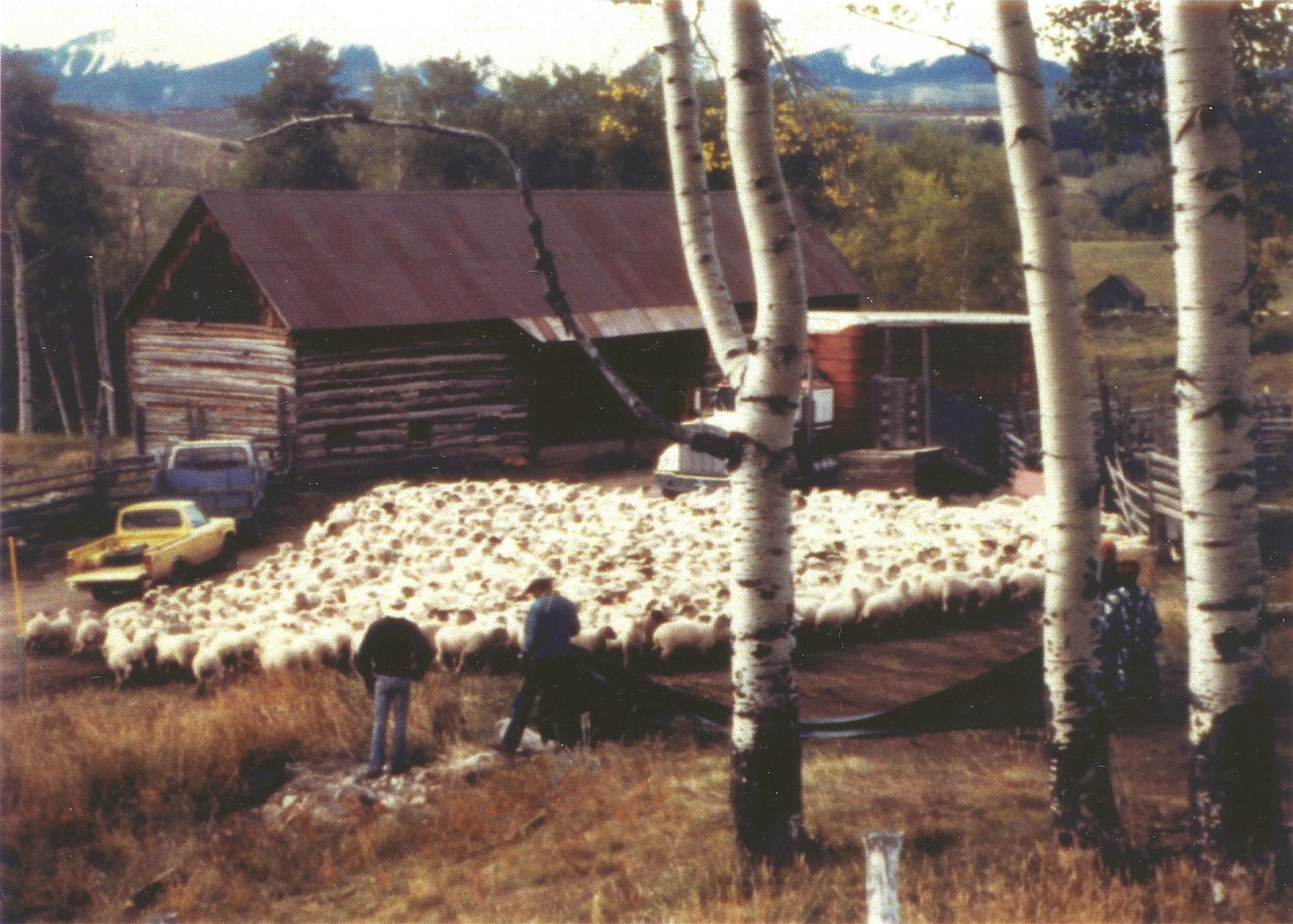
Past another farmhouse, a pasture spreads out where neighbors keep their draft horses—working horses that pull a sleigh in winter and a wagon in summer to take visitors to a gourmet dinner service in a canvas tent on the hillside. This is perhaps my favorite segment of the road, because I vividly recall how it felt, as a 9-year-old, to come here with my big sister, bridles slung over our shoulders, to catch one of their horses and swing up on it bareback. I would streak across the green pasture at a gallop while holding fistfuls of mane and flattening my belly against the withers. It’s a feeling I try to rekindle when I urge my legs to run past that sweeping meadow and when I ride our horses here now.
(If you click through to the Instagram post below and scroll through the first two photos, you’ll see a video that shows the horses in the pasture as we cantered up the road.)
I can run out 10 miles or longer, then turn around and head back home, for a truly long run. But most weekdays, I run only three to five miles out before turning around. After 4.5 miles, the route transitions to a less maintained section requiring high clearance for vehicles. At this point, it begins to feel a bit more wild, in spite of all the vehicles that drive by from June through October with campers and leaf-peepers.
Last summer, on a rutted stretch bordered by pine, aspen, and a talus field, a bear barreled out of the woods and cut right in front of me, crossing the road diagonally. He or she apparently did not care about my presence, fixated instead on running to or from something else. It came so close, I watched its hair and fat ripple with each stride.
Mostly, however, the road feels tame. It bisects ranchland carved into large parcels like ours, with houses here and there that, for the most part, blend in well with the landscape. Residents, tourists, and service vehicles drive by every few minutes, and jets fly low to land at the airport.
Change, development, and an increase in traffic over the decades has happened slowly but steadily. I worry this road may lose its character and, God forbid, someday get paved. I will sit in the middle of the road in protest to prevent that, because the dirt surface distinguishes it as a country road that takes me home, to the place, I belong.
And yet, its overriding feeling of peace and quiet remain. The mountains change at an imperceptibly slow rate, so to my eyes, they look the same as they always have and always will. When I run or ride along here, the calm and beauty ground me and infuse me with gratitude. In a region of rugged, steep, and at times dangerous trail routes, I welcome the comfort and familiarity of this old road, my blessed neighborhood run. Its hills tire me out, but I will never tire of it.
The upcoming Zoom meetup for paid subscribers, on Sunday, February 13 at 2:30 Mountain (before the Super Bowl starts), will feature a special guest for a Q&A: the phenomenal and funny runner Brittany Charboneau, an elite-level marathoner who also is winning trail races. If you’d like to join these monthly meetups and receive bonus content, please consider subscribing at the supporter level for $6/month.



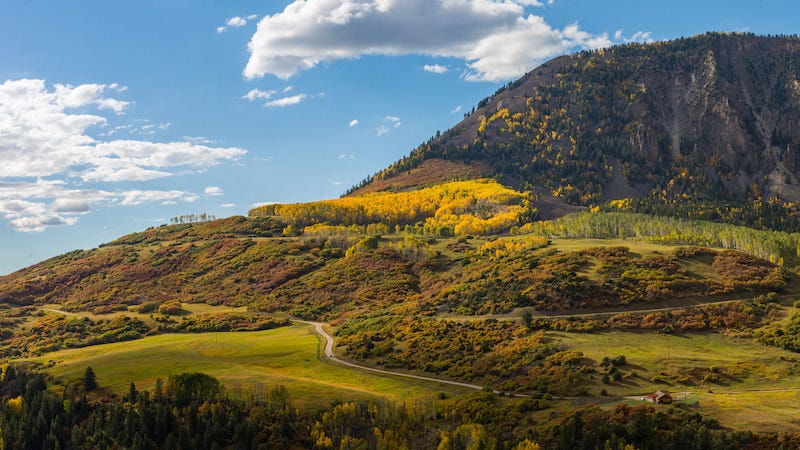

Your horses are gorgeous.
Love the bit about sleep being the best legal performance enhancing drug. It reminds me about the anecdote you shared about how a ten-minute mid-race nap helped you finish a race.
I'm really excited to share our conversation on tomorrow's Trail Talk episode!